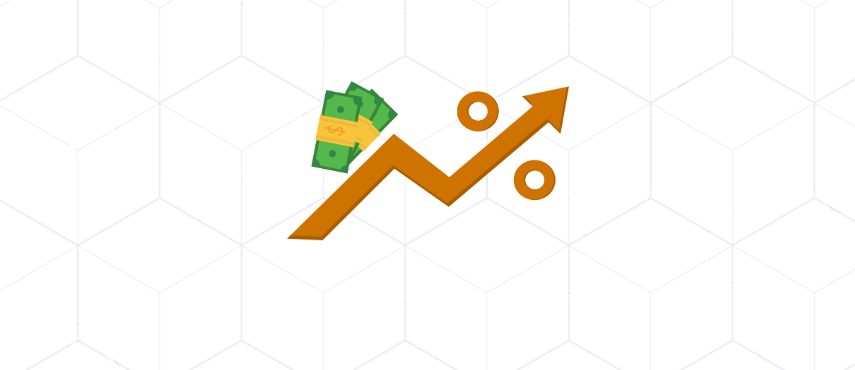
AI-Driven Dynamic Pricing Engine for Revenue Optimization
The Challenge: Static Pricing Was Leaving Revenue on the Table
In a competitive online travel market, our client, a growing platform for booking flights and hotels, was struggling to optimize pricing for profitability. Their pricing strategy relied heavily on:
- Fixed price tiers updated manually
- Basic rules based on time and demand
- Reactive discounts driven by competitor changes
The results were predictable:
✔️ Prices were either too high, reducing conversions
✔️ Or too low, eroding margins unnecessarily
✔️ And there was no real-time adjustment based on user behavior or market fluctuations
The business wanted a system that could think and react like a human pricing expert at scale and in real-time.
Our Solution: An AI-Driven Dynamic Pricing Engine
DataPro stepped in to build a dynamic pricing engine using reinforcement learning and real-time analytics. The goal was simple but powerful:
Automatically adjust prices in real time based on multiple data signals without hurting conversion rates.
To achieve this, we designed an end-to-end AI pricing system with the following components:
1. Data Pipeline & Feature Engineering
We integrated multiple data streams to build a robust pricing context:
- User behavior data (clicks, dwell time, bounce rate, past purchases)
- Competitor pricing scraped in real time
- Inventory levels and seat availability
- Seasonal demand trends and holiday patterns
- Geolocation, device type, and time of day
These signals were aggregated into a pricing feature set that updated dynamically and captured both short-term behavior and long-term patterns.
✅ Result: Built a rich data foundation to train AI models with context-aware pricing decisions.
2. Reinforcement Learning Model for Pricing
We chose a reinforcement learning (RL) approach because the pricing problem is inherently about balancing short-term rewards (conversion) and long-term value (lifetime revenue).
The model is learned by continuously exploring and evaluating pricing actions. Key design elements included:
- States: Current context (user profile, inventory, competitors, etc.)
- Actions: Price adjustments in fixed intervals (e.g., +/- 5%)
- Rewards: Revenue per session, adjusted for conversion probability
- Policy optimization: We used Proximal Policy Optimization (PPO) to update the policy network in production safely
✅ Result: The model learned to adjust prices upward when demand was high and inventory was low and discount strategically during quiet periods.
3. A/B Testing Engine and Safeguards
To prevent the model from making harmful decisions in early training phases, we built:
- A robust A/B testing engine to compare model-based pricing vs. rule-based control groups
- A safety layer that enforced business rules like minimum margins, price floors, and regulatory compliance
- A rollout strategy that started with low-traffic segments and scaled gradually
✅ Result: Safe, controlled experimentation with clear measurement of lift in revenue and impact on user behavior.
4. User Segmentation Layer
Not all users behave the same. So we added a user segmentation layer to personalize pricing strategies.
Segments included:
- Price-sensitive vs. convenience-driven users
- Frequent travelers vs. one-time buyers
- Mobile users vs. desktop browsers
- Geography-based patterns (e.g., business-heavy cities vs. tourist regions)
Each segment was treated as a different environment in the RL model, allowing for micro-optimized pricing policies.
✅ Result: Enabled personalized pricing without creating unfair discrepancies or visible price discrimination.
5. Real-Time Model Monitoring and Feedback Loop
Our pricing engine was deployed via a microservices architecture that responded to pricing requests in milliseconds.
We also implemented a feedback loop that:
- Collected post-purchase and abandonment signals
- Updated model performance dashboards in real time
- Fed user behavior back into the model training process for continuous improvement
✅ Result: An always-learning, real-time pricing brain that stayed aligned with business goals.
Business Impact: 22% Increase in Revenue Per User
After a 3-month A/B test across multiple destinations and user segments, the results were clear:
- Revenue per user increased by 22% on average
- Conversion rate remained steady, with no statistically significant drop
- Cart abandonment decreased for targeted micro-discounts
- Price update speed dropped from hours to under a second
- Margin control was preserved through guardrails and business rule filters
Executives were especially pleased that pricing automation didn’t just raise prices, it made them smarter, fairer, and more responsive to what customers actually valued.
Why It Worked: Smart AI + Human Oversight
Unlike plug-and-play pricing tools, this solution succeeded because it was:
- Deeply tailored to the client’s vertical, pricing logic, and customer personas
- Reinforced with business rules to avoid risky price swings
- Iteratively tested through controlled rollouts and clear KPIs
- Integrated seamlessly with existing frontend and inventory systems
And most importantly, we worked with pricing managers and product teams to keep the system aligned with human intuition and goals.
What’s Next: Scaling Beyond Travel
Based on the success of this project, the client is now working with DataPro to:
- Expand the model to non-travel verticals like car rentals and activity bookings
- Build an internal “what-if” pricing simulator for planning campaigns
- Incorporate demand forecasting into the pricing engine for even smarter timing
Test dynamic bundling (flight + hotel combos) based on price elasticity
Conclusion: AI That Moves With the Market
In fast-moving markets like travel and e-commerce, pricing can’t be static. With DataPro’s AI-driven dynamic pricing engine, our client went from reactive adjustments to real-time intelligence driving growth without sacrificing user experience.
If your platform is still relying on static pricing rules, it’s time to let AI do the thinking and watch your revenue rise.
Innovate With Custom AI Solution
- 12 Courtyard Pl,
Lexington, MA 02420 - (617)319-0174
- corp@dataprocorp.tech
